Home>Technology>Smart Home Devices>How To Use A Shipping Label Printer
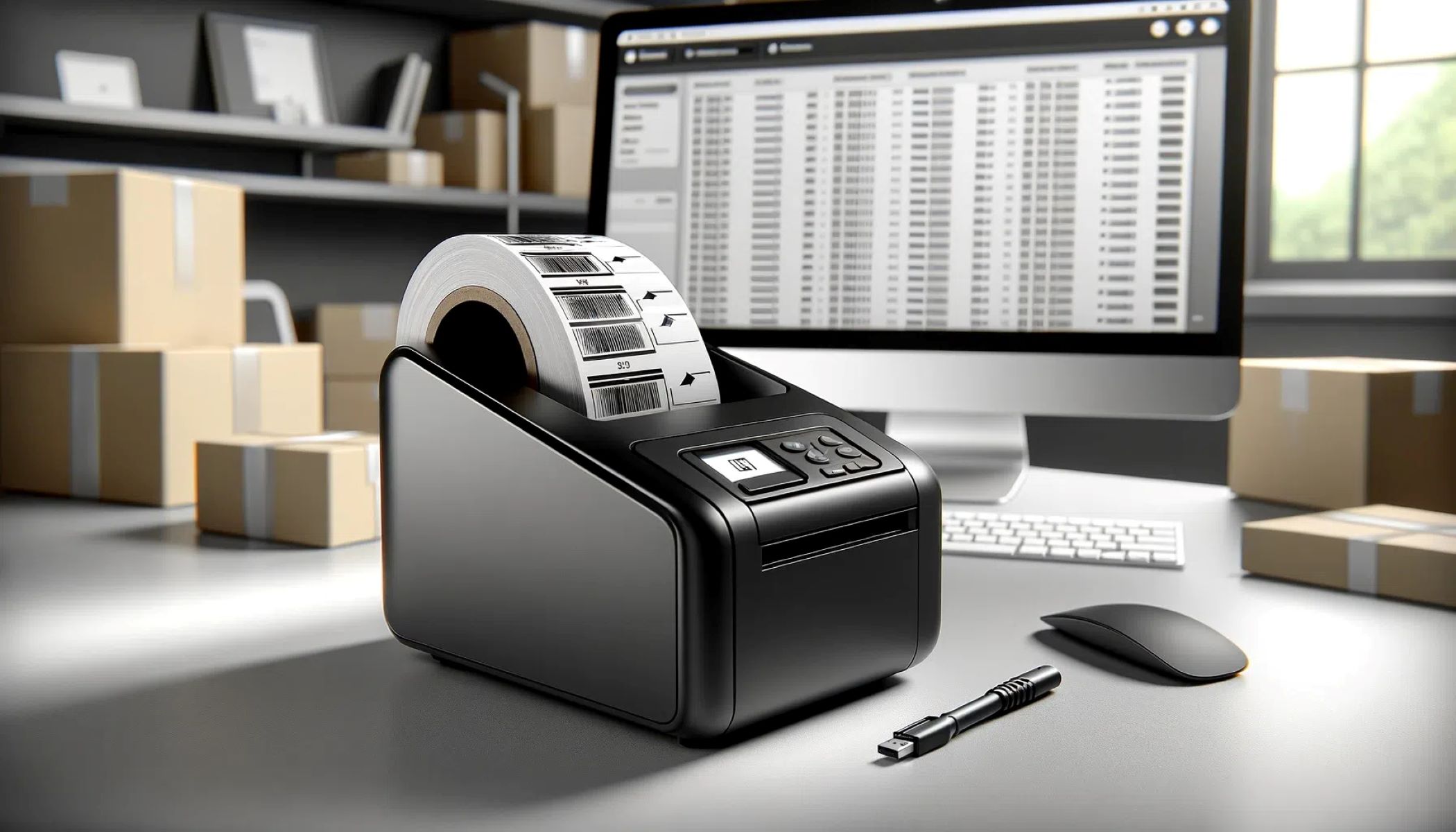

Smart Home Devices
How To Use A Shipping Label Printer
Modified: January 24, 2024
Learn how to efficiently use a shipping label printer for your smart home devices. Simplify your shipping process with these expert tips and tricks.
(Many of the links in this article redirect to a specific reviewed product. Your purchase of these products through affiliate links helps to generate commission for Storables.com, at no extra cost. Learn more)
Introduction
Welcome to the modern era of e-commerce and shipping convenience, where the use of shipping label printers has revolutionized the way businesses and individuals handle their shipping needs. In this comprehensive guide, we will explore everything you need to know about utilizing a shipping label printer to streamline your shipping process, save time, and improve efficiency.
Shipping label printers are indispensable tools for anyone involved in sending packages, whether it's for personal or business purposes. These devices have simplified the once tedious and time-consuming task of printing and affixing shipping labels to packages, making the entire process more efficient and professional.
In this article, we will delve into the various aspects of shipping label printers, including understanding their functionality, setting them up, choosing the right one for your needs, and troubleshooting common issues that may arise. Whether you are a small business owner shipping products to customers, an online seller managing a bustling e-commerce store, or an individual sending packages to family and friends, this guide will equip you with the knowledge and expertise to make the most of your shipping label printer.
So, let's embark on this enlightening journey to unravel the world of shipping label printers and discover how these innovative devices can simplify your shipping tasks and elevate your shipping experience to new heights. Whether you're a seasoned shipping professional or just starting out on your shipping endeavors, this guide is designed to provide valuable insights and practical tips to help you harness the full potential of your shipping label printer.
Key Takeaways:
- Shipping label printers simplify the shipping process by producing high-quality labels, streamlining label creation, and integrating with shipping software for efficient and professional package handling.
- Choosing the right shipping label printer involves considering factors like printing volume, label size compatibility, connectivity options, and print quality to enhance shipping operations and streamline label production.
Understanding Shipping Label Printers
Shipping label printers are specialized devices designed to print shipping labels, which are essential for identifying and tracking packages during the shipping process. These printers are equipped to produce high-quality, professional-looking labels that adhere to industry standards and regulations, ensuring that your packages are accurately labeled for shipment.
Unlike traditional printers, shipping label printers are engineered to accommodate label rolls and produce precise, high-resolution prints on adhesive label stock. This unique functionality enables users to print individual labels or batches of labels with ease, eliminating the need for manual cutting and taping of labels onto packages.
Most shipping label printers are compatible with a variety of label sizes and types, allowing users to customize their labels based on specific shipping requirements. Whether you need to print standard shipping labels, barcode labels, or specialized labels for fragile or hazardous items, shipping label printers offer the flexibility to meet diverse labeling needs.
One of the key advantages of shipping label printers is their compatibility with shipping software and platforms, such as USPS, UPS, FedEx, and other popular carriers. This seamless integration allows users to generate shipping labels directly from their preferred shipping application, streamlining the label creation process and reducing the likelihood of errors or misprints.
Furthermore, shipping label printers are engineered for efficiency, offering fast printing speeds and reliable performance to meet the demands of high-volume shipping operations. Whether you are fulfilling a few orders a day or managing a large-scale shipping operation, a shipping label printer can significantly expedite the label printing process and enhance overall productivity.
By understanding the capabilities and functionalities of shipping label printers, users can harness the power of these devices to simplify their shipping workflows, improve accuracy, and elevate the professional presentation of their packages. In the next section, we will explore the essential steps for setting up a shipping label printer to ensure seamless integration with your shipping operations.
Setting Up Your Shipping Label Printer
Setting up a shipping label printer is a straightforward process that involves a few essential steps to ensure seamless integration with your shipping workflow. Whether you’ve just acquired a new shipping label printer or are looking to optimize the setup of your existing device, the following guidelines will help you get started on the right foot.
1. Unboxing and Inspection: Upon receiving your shipping label printer, carefully unbox the device and inspect it for any signs of damage during transit. Ensure that all included components, such as power cords, USB cables, and label rolls, are present and in good condition.
2. Power and Connectivity: Connect the shipping label printer to a power source and establish the necessary connectivity, such as USB or network connection, depending on the printer model. Most modern label printers feature plug-and-play functionality, allowing for quick setup and connectivity with your computer or network.
3. Install Printer Drivers: If your shipping label printer requires specific drivers for operation, ensure that you download and install the appropriate drivers from the manufacturer’s website or the included installation disc. These drivers enable your computer to communicate effectively with the printer and facilitate seamless printing.
4. Calibration and Configuration: Follow the manufacturer’s instructions to calibrate the shipping label printer, ensuring that it aligns and feeds the label stock accurately. Additionally, configure the printer settings, such as label size, darkness, and print quality, to optimize the output based on your specific labeling requirements.
5. Integration with Shipping Software: If you utilize shipping software or platforms for label generation, integrate your shipping label printer with the respective applications to enable direct printing of shipping labels. Most shipping software offers built-in support for a wide range of label printers, allowing for seamless compatibility and streamlined label production.
6. Test Printing: Before using the shipping label printer for live shipments, conduct test prints to ensure that the labels are accurately printed and aligned. Use sample label stock to perform test prints and make any necessary adjustments to the printer settings to achieve optimal print quality.
By following these steps, you can effectively set up your shipping label printer for efficient and reliable operation, laying the foundation for seamless label production and integration with your shipping processes. With the printer configured and ready for use, you can proceed to explore the next crucial aspect of leveraging a shipping label printer: choosing the right device to meet your specific needs.
Choosing the Right Shipping Label Printer
When it comes to selecting a shipping label printer, several factors should be considered to ensure that the chosen device aligns with your specific shipping requirements and operational demands. Whether you prioritize printing speed, label size versatility, or seamless integration with shipping software, the following considerations will guide you in making an informed decision when choosing the right shipping label printer.
1. Printing Volume and Speed: Evaluate the volume of labels you anticipate printing on a daily or weekly basis, and consider the printing speed of the label printer. For high-volume shipping operations, a printer with fast printing capabilities can significantly enhance productivity and efficiency.
2. Label Size Compatibility: Assess the range of label sizes supported by the printer to ensure that it accommodates the specific label dimensions required for your shipping needs. Whether you need to print standard 4×6 shipping labels or smaller barcode labels, choosing a printer with versatile label size compatibility offers greater flexibility.
3. Connectivity Options: Consider the connectivity options offered by the shipping label printer, such as USB, Ethernet, or wireless connectivity. Select a printer with connectivity features that seamlessly integrate with your existing computer systems or network infrastructure for convenient and reliable operation.
4. Compatibility with Shipping Software: If you utilize shipping software or platforms for label generation, ensure that the label printer is compatible with your preferred shipping applications. Many shipping software solutions provide a list of supported label printers, allowing you to choose a device that seamlessly integrates with your existing shipping workflow.
5. Print Quality and Durability: Prioritize printers that deliver high print quality and durability, producing clear, smudge-resistant labels that withstand handling and environmental conditions during transit. Crisp, professional-looking labels contribute to a polished and professional presentation of your packages.
6. User-Friendly Operation: Look for shipping label printers that offer intuitive operation and user-friendly features, such as easy label loading, automatic label detection, and straightforward maintenance. User-friendly printers streamline the label printing process and minimize the learning curve for new users.
7. Manufacturer Support and Warranty: Research the manufacturer’s reputation for customer support and the warranty offered with the printer. Opt for a reputable manufacturer known for responsive support and comprehensive warranty coverage, providing peace of mind and assistance in the event of technical issues.
By carefully considering these factors and aligning them with your specific shipping needs, you can select a shipping label printer that enhances your shipping operations, improves efficiency, and simplifies the label printing process. With the right printer in place, you can seamlessly transition to leveraging the capabilities of your chosen device to streamline your shipping endeavors.
When using a shipping label printer, make sure to select the correct label size and type in the printer settings to avoid any printing errors.
Using Your Shipping Label Printer
Once you have set up and selected the right shipping label printer for your needs, it’s essential to understand how to effectively utilize the device to streamline your shipping processes and optimize label production. Whether you are printing individual shipping labels, batch printing labels for multiple packages, or customizing labels for specific shipping requirements, the following best practices will guide you in maximizing the utility of your shipping label printer.
1. Printing Individual Labels: When printing individual shipping labels, ensure that the printer is loaded with the appropriate label stock and that the label size and printer settings are configured to align with the dimensions of the label. Utilize shipping software or label design applications to generate the label content and initiate the printing process, verifying the accuracy of the printed label before affixing it to the package.
2. Batch Printing Labels: For scenarios where multiple packages require shipping labels, leverage the batch printing capabilities of your shipping label printer to streamline the process. Generate a batch of labels using your preferred shipping software, specifying the quantity and content of each label, and initiate the batch printing process to produce a series of labels in a single operation, saving time and effort.
3. Customizing Label Content: Take advantage of the customization features offered by your shipping label printer to tailor label content based on specific shipping requirements. Whether it involves incorporating barcodes, custom messaging, or branding elements, the ability to customize label content enhances the professionalism and informational value of the labels.
4. Maintaining Label Stock: Regularly monitor the level of label stock in the printer to ensure uninterrupted label production. Keep a supply of label rolls on hand, and promptly replace depleted rolls to avoid disruptions in the printing process, especially during peak shipping periods.
5. Routine Maintenance: Adhere to the manufacturer’s recommended maintenance practices for your shipping label printer, including cleaning the printhead, inspecting for debris or label residue, and performing periodic calibration to optimize print quality and prevent operational issues.
6. Integration with Shipping Platforms: If you utilize shipping platforms or third-party logistics (3PL) services, ensure that your shipping label printer seamlessly integrates with these platforms to facilitate efficient label production and shipment processing. Verify compatibility and connectivity to minimize manual intervention in the label generation and shipping fulfillment process.
By implementing these best practices and leveraging the full capabilities of your shipping label printer, you can streamline your shipping operations, improve accuracy, and present a professional image through high-quality, well-crafted shipping labels. The next section will address common issues that may arise when using a shipping label printer and provide troubleshooting tips to overcome these challenges.
Read more: How To Use A Label Printer
Troubleshooting Common Issues
While shipping label printers are designed for reliable and efficient operation, occasional issues may arise that impact the printing process and overall performance. By familiarizing yourself with common issues and implementing effective troubleshooting strategies, you can swiftly address these challenges and minimize disruptions to your shipping workflow. Let’s explore some common issues encountered when using shipping label printers and the corresponding troubleshooting steps to resolve them.
1. Print Quality Issues: If you notice smudged, faded, or distorted print quality on the labels, first ensure that the label stock is compatible with the printer and that the printhead is clean and free from debris. Adjust the printer settings for darkness and print speed to optimize print quality, and consider calibrating the printer to align the label stock accurately.
2. Label Jamming or Misalignment: In cases where labels jam or feed incorrectly, inspect the label path for any obstructions or adhesive residue that may impede the smooth movement of the label stock. Clean the label path and ensure that the labels are loaded correctly, with proper alignment and tension to prevent jamming.
3. Connectivity Issues: If the printer experiences connectivity issues, such as failure to communicate with the computer or network, verify the integrity of the connection cables or wireless network settings. Restart the printer and computer, and ensure that the printer drivers are up to date to maintain seamless connectivity.
4. Error Messages and Alerts: When error messages or alerts appear on the printer display or computer interface, refer to the printer manual or manufacturer’s documentation to interpret the specific error code or message. Follow the recommended troubleshooting steps provided by the manufacturer to address the underlying cause of the error.
5. Label Stock Exhaustion: If the printer indicates that the label stock is depleted, promptly replace the label roll with a new supply to prevent interruptions in label production. Keep a sufficient inventory of label stock on hand to avoid delays in the shipping label printing process.
6. Software Integration Issues: In situations where the shipping label printer fails to integrate with shipping software or platforms, verify the compatibility of the printer with the specific software and ensure that the necessary drivers and settings are configured correctly. Update the software and printer drivers as needed to maintain seamless integration.
By addressing these common issues proactively and implementing the recommended troubleshooting measures, you can maintain the optimal performance of your shipping label printer and minimize downtime in your shipping operations. Should you encounter persistent or complex issues, don’t hesitate to reach out to the manufacturer’s support resources or technical assistance to receive timely resolution and expert guidance.
Conclusion
Congratulations on embarking on a comprehensive journey to understand and harness the capabilities of shipping label printers. Throughout this guide, we’ve delved into the fundamental aspects of shipping label printers, covering their functionality, setup, selection, utilization, and troubleshooting. By gaining insights into these critical areas, you are well-equipped to optimize your shipping processes, elevate the professional presentation of your packages, and streamline your overall shipping operations.
Shipping label printers serve as indispensable tools in the realm of shipping and logistics, offering unparalleled convenience, efficiency, and precision in producing high-quality shipping labels. Whether you are a small business owner fulfilling customer orders, an e-commerce entrepreneur managing a bustling online store, or an individual sending packages to loved ones, the integration of a shipping label printer can revolutionize your shipping experience and enhance the professionalism of your shipments.
As you navigate the realm of shipping label printers, remember to prioritize factors such as printing volume, label size compatibility, connectivity options, and print quality when selecting the right printer for your needs. Additionally, leverage the customization features and batch printing capabilities of your shipping label printer to tailor labels to specific requirements and streamline label production for multiple packages.
Furthermore, proactive maintenance, routine calibration, and swift troubleshooting of common issues are essential practices to ensure the consistent performance and reliability of your shipping label printer. By addressing challenges such as print quality issues, label jamming, connectivity issues, and software integration issues, you can maintain seamless label production and minimize disruptions in your shipping workflow.
Armed with the knowledge and best practices outlined in this guide, you are well-prepared to make the most of your shipping label printer, empowering you to navigate the dynamic landscape of shipping with confidence, efficiency, and professionalism. Embrace the convenience and precision offered by shipping label printers as you embark on a seamless and rewarding shipping journey, where every label printed signifies a step toward delivering exceptional experiences to your recipients.
May your shipping label printer become an invaluable asset in your shipping endeavors, enabling you to elevate the presentation of your packages and streamline the fulfillment of your shipping commitments. Harness the power of technology, embrace best practices, and embark on a shipping journey that reflects the epitome of efficiency and professionalism.
Frequently Asked Questions about How To Use A Shipping Label Printer
Was this page helpful?
At Storables.com, we guarantee accurate and reliable information. Our content, validated by Expert Board Contributors, is crafted following stringent Editorial Policies. We're committed to providing you with well-researched, expert-backed insights for all your informational needs.
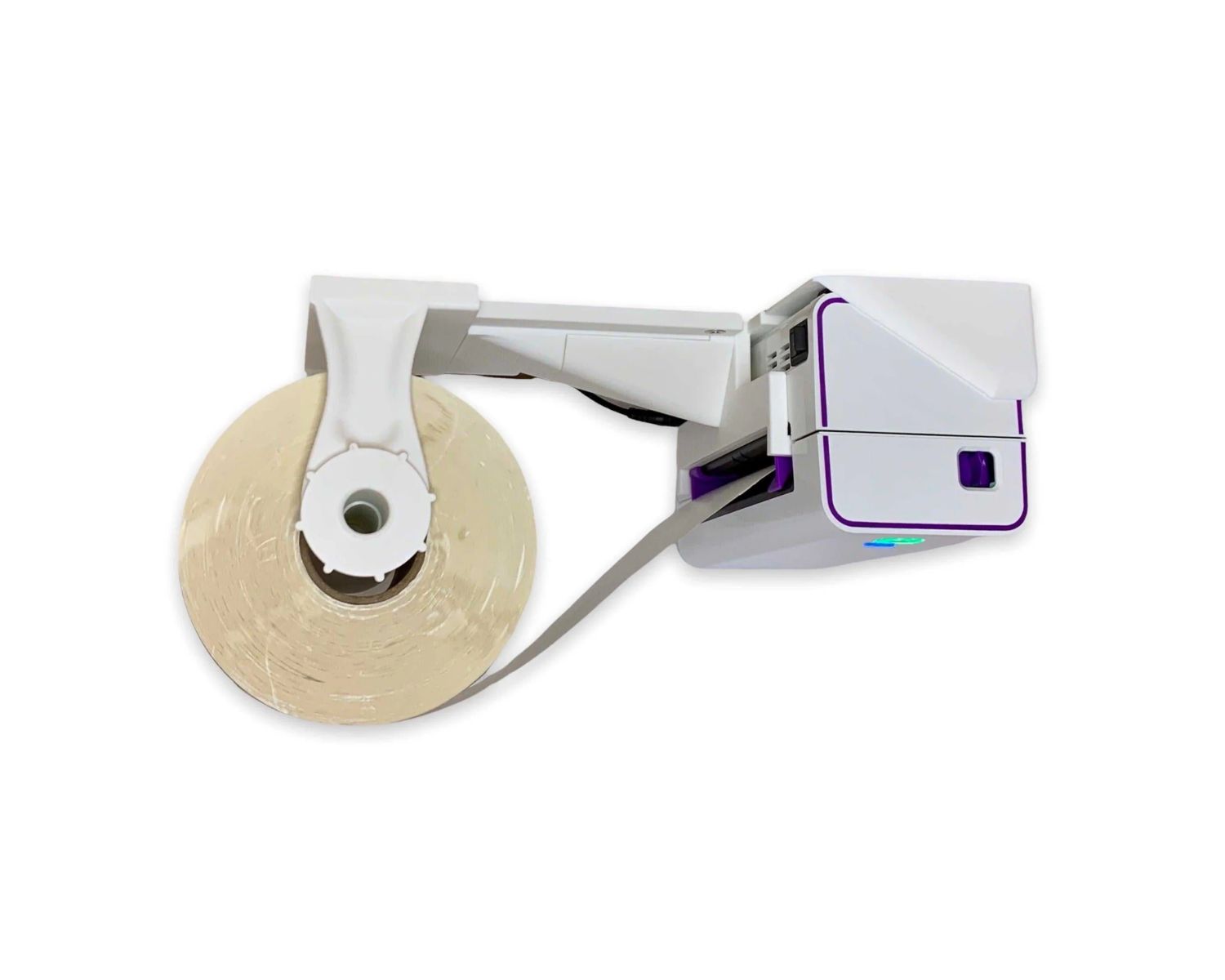
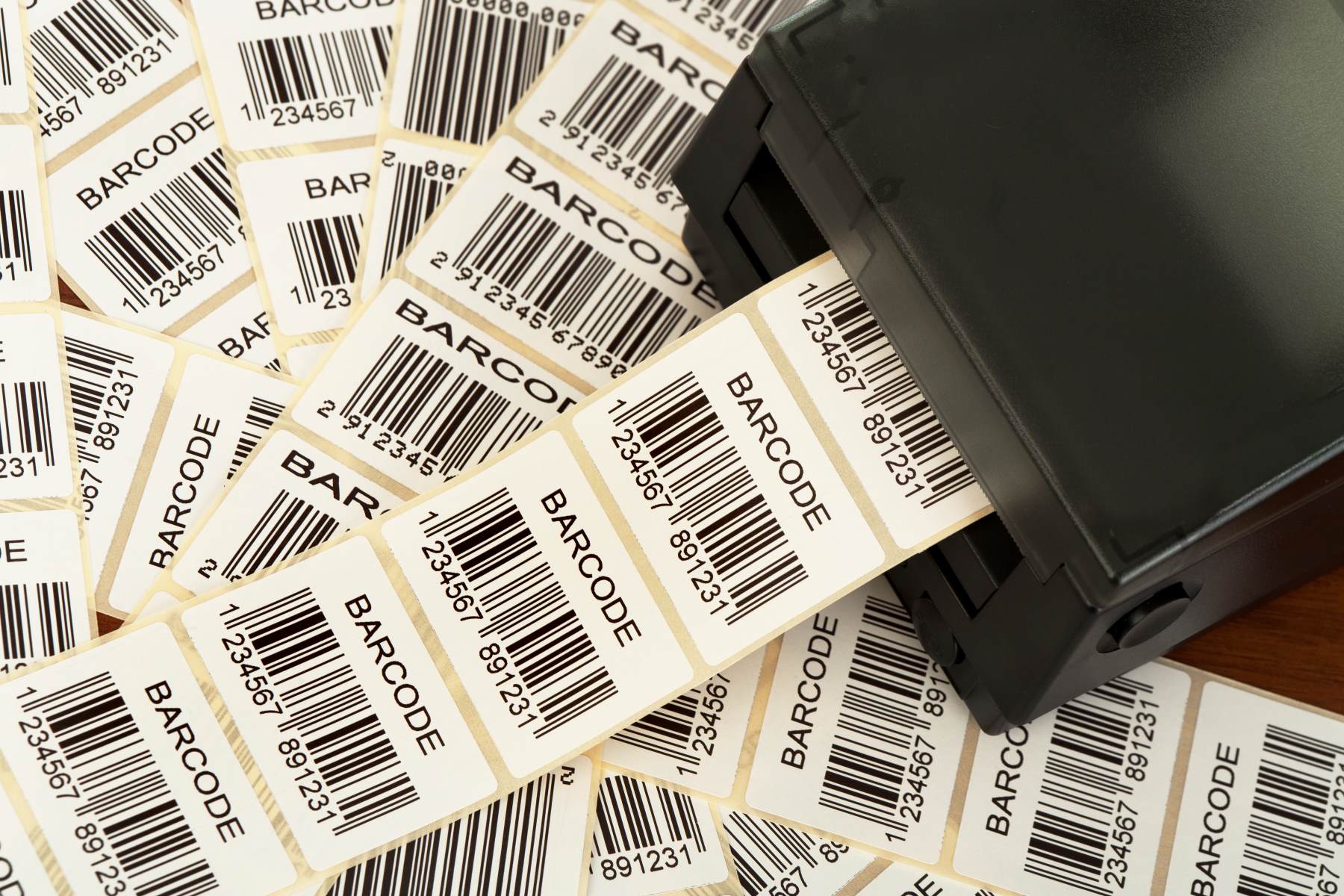
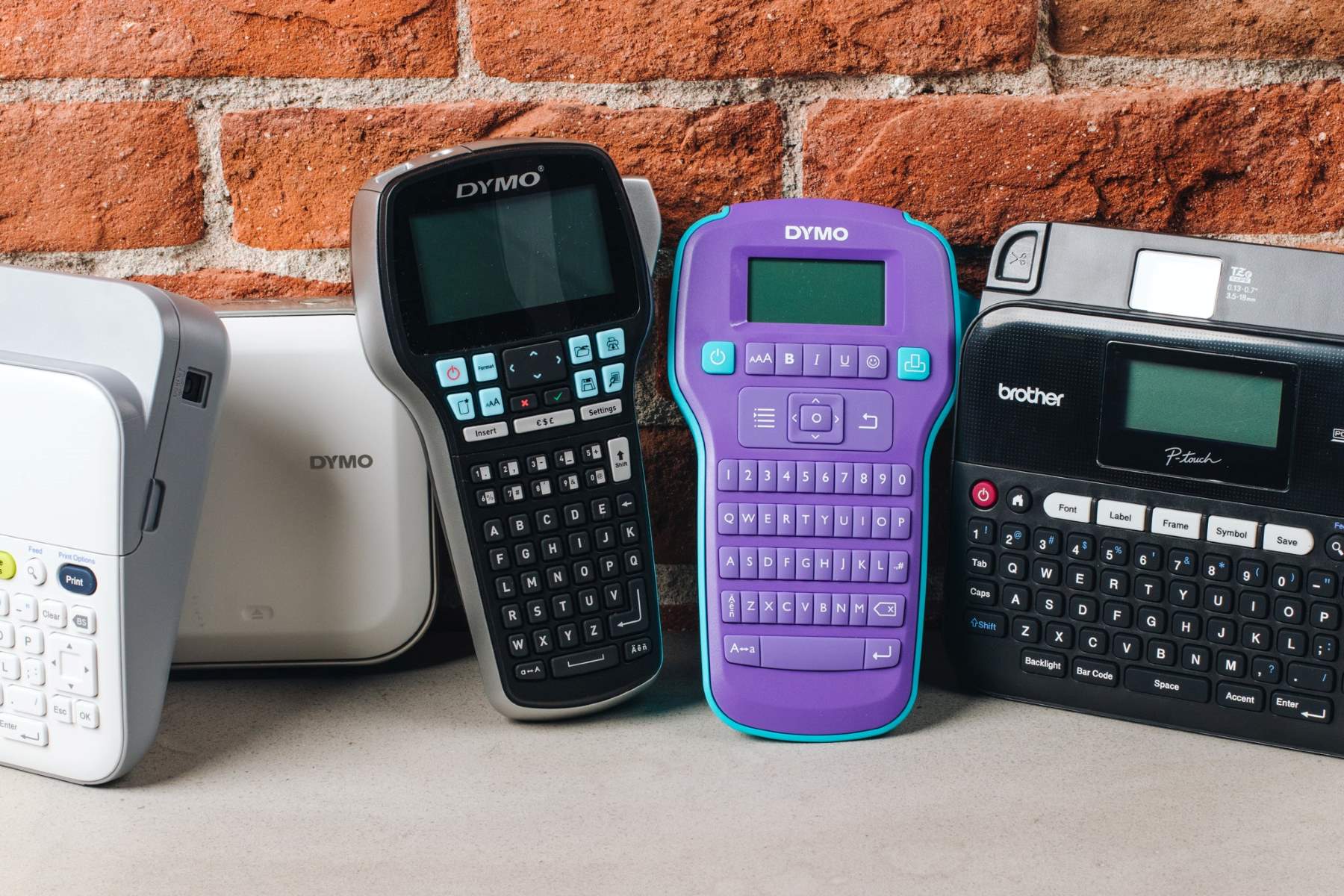
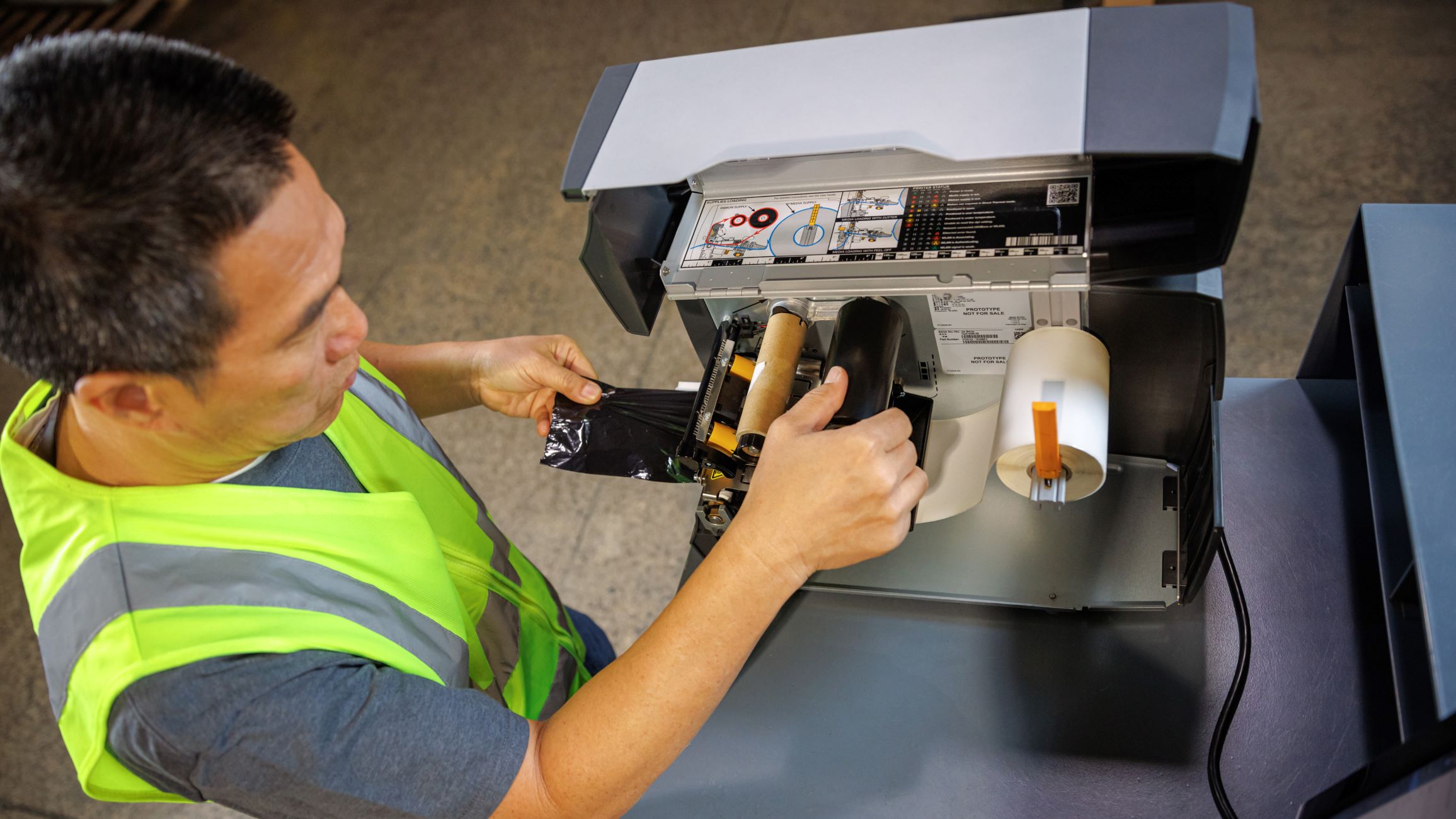
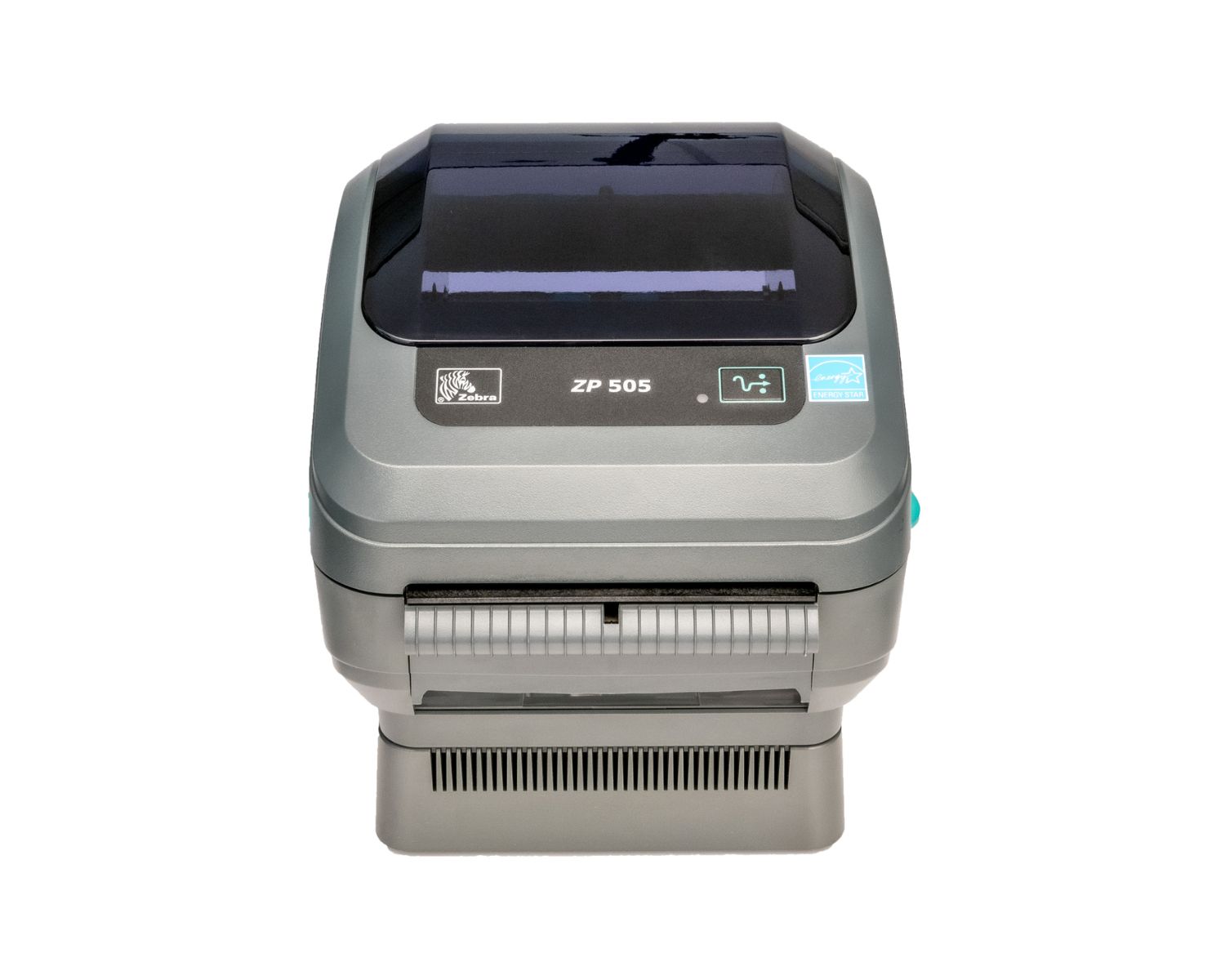
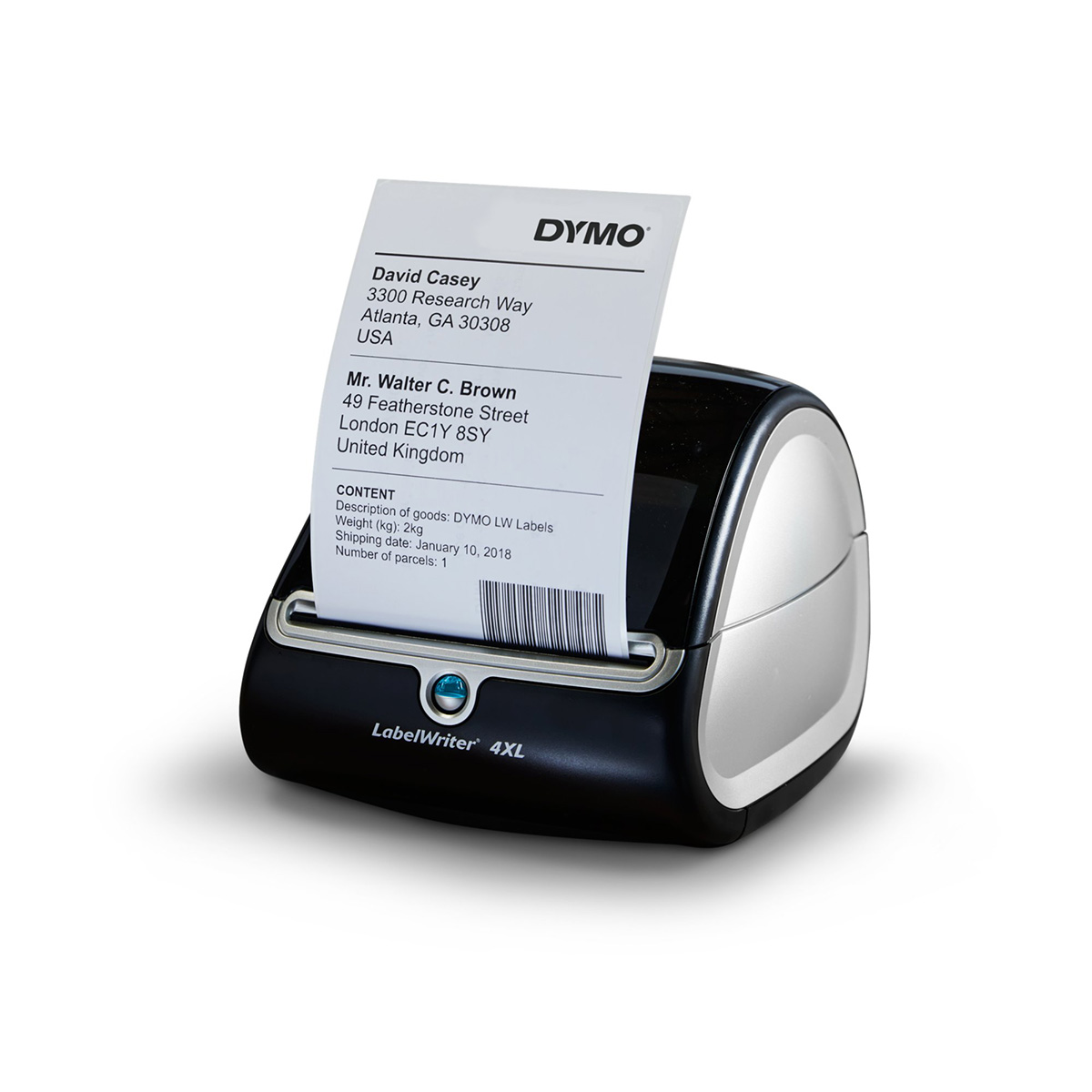
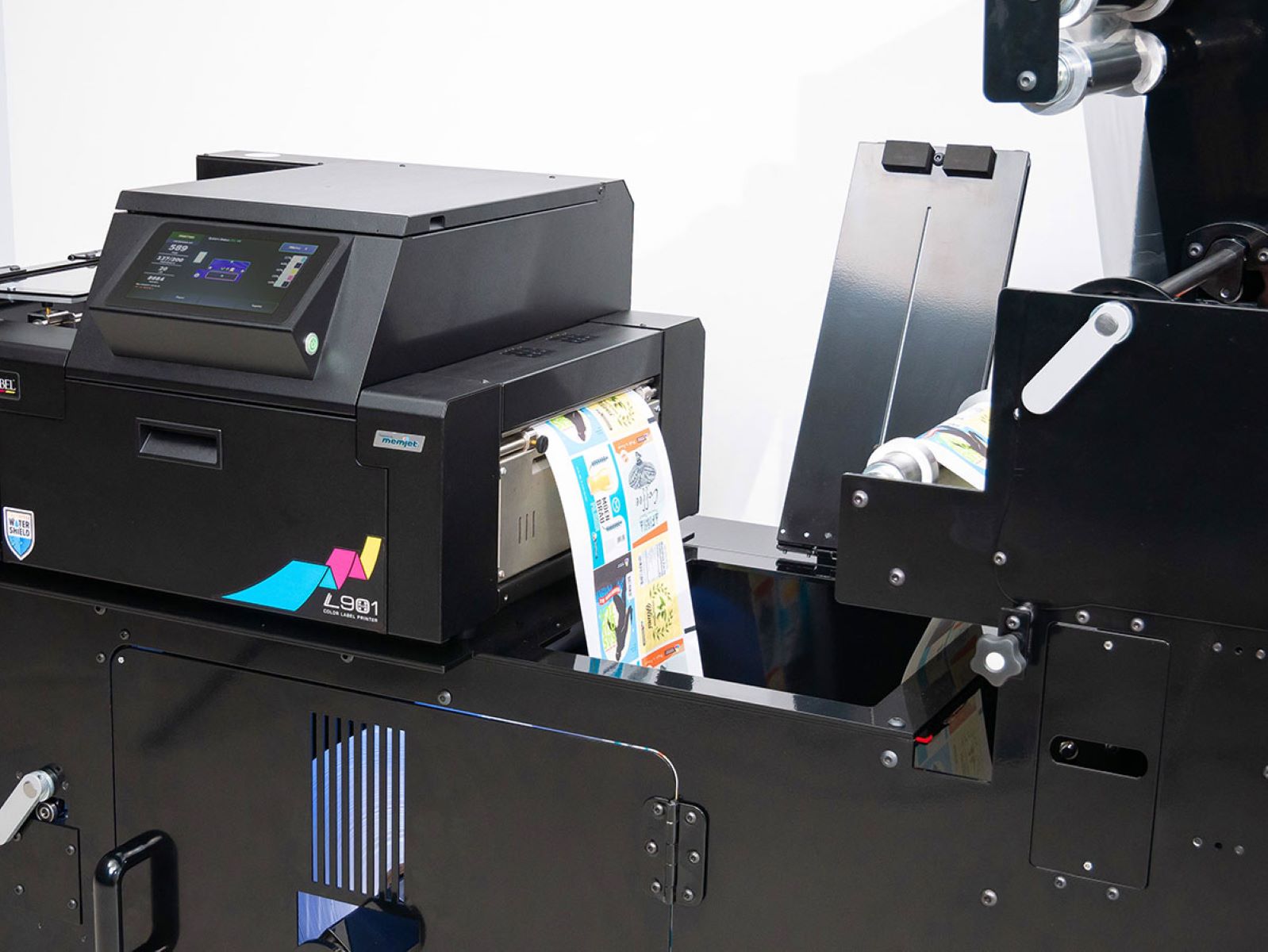
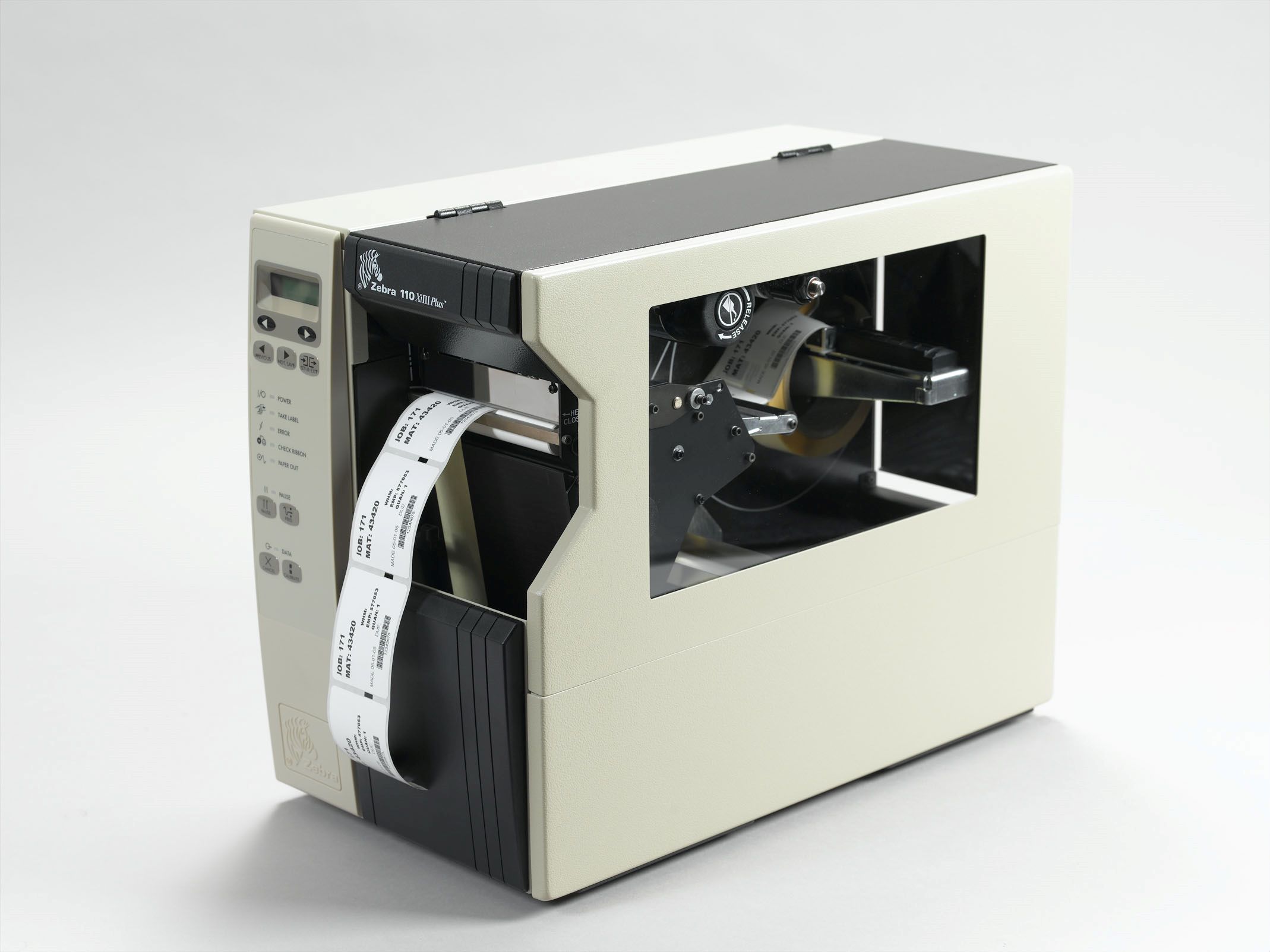
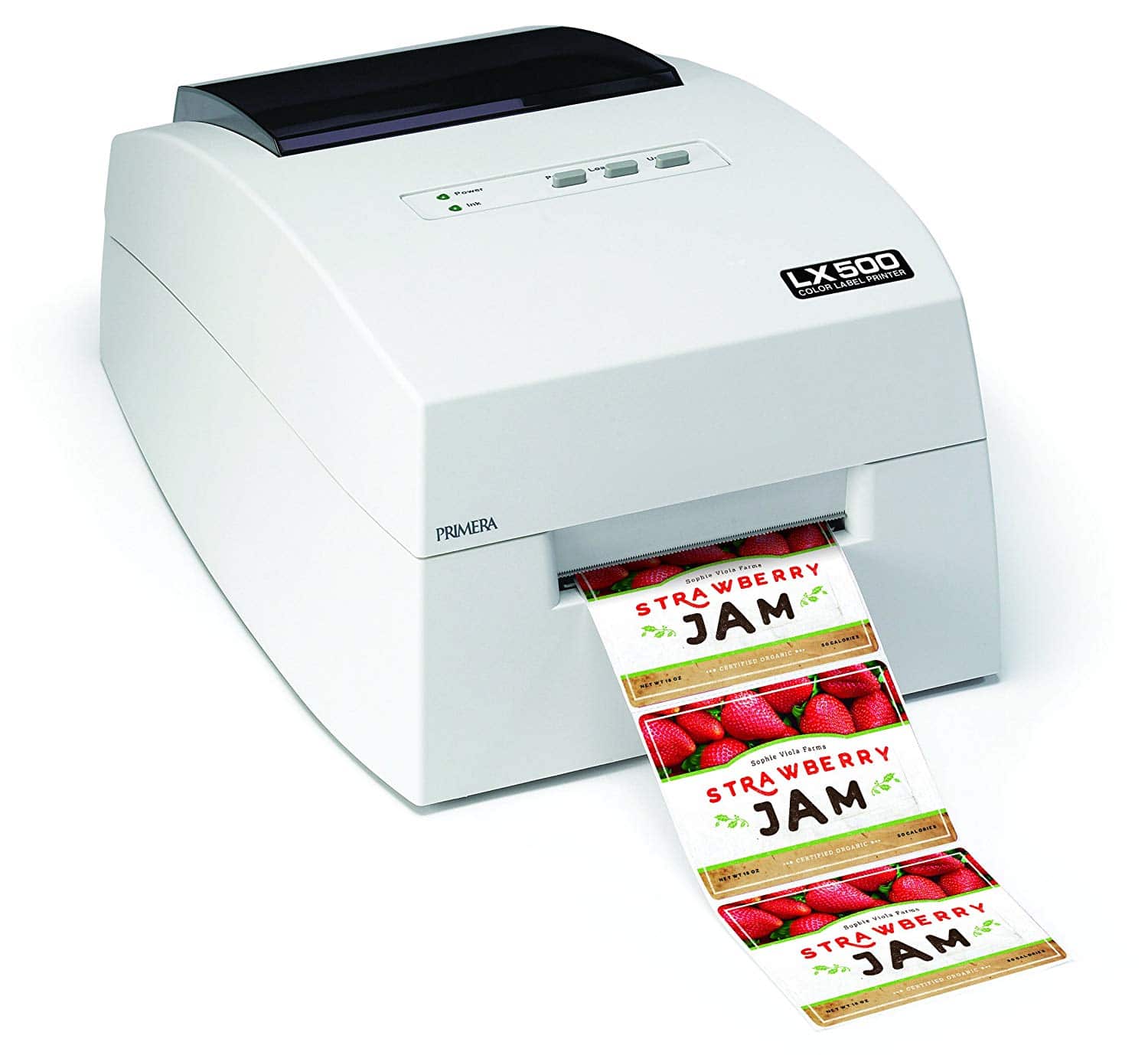

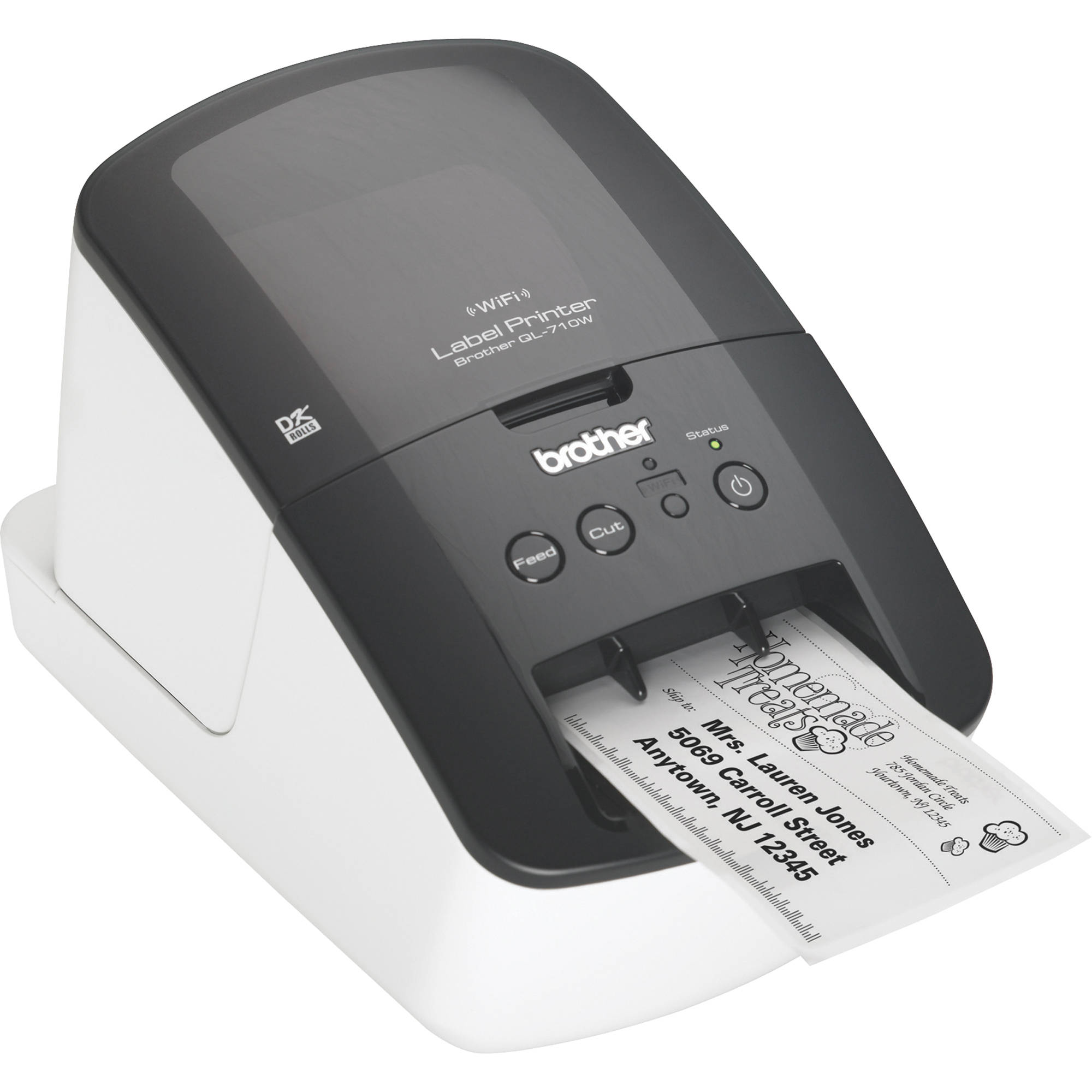
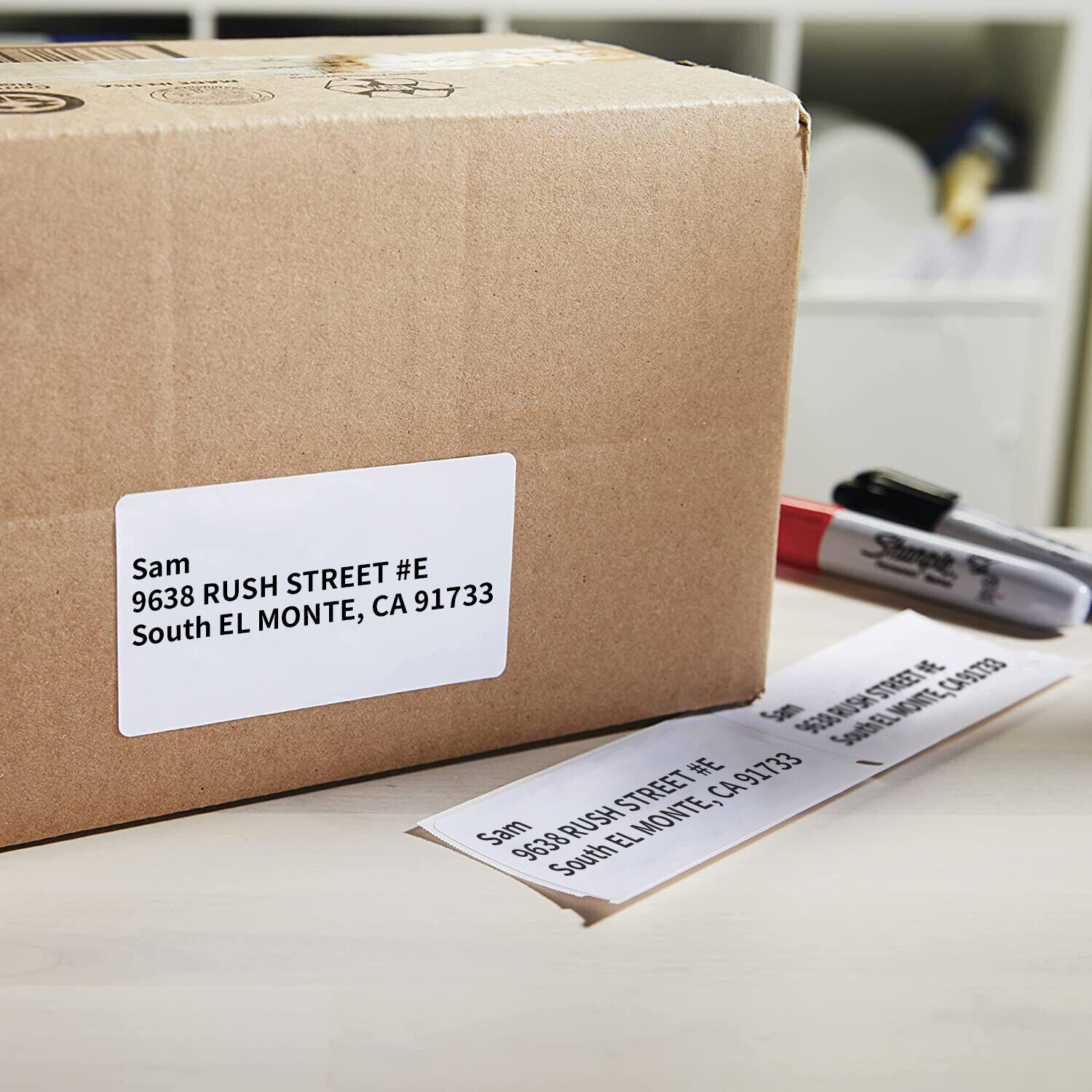
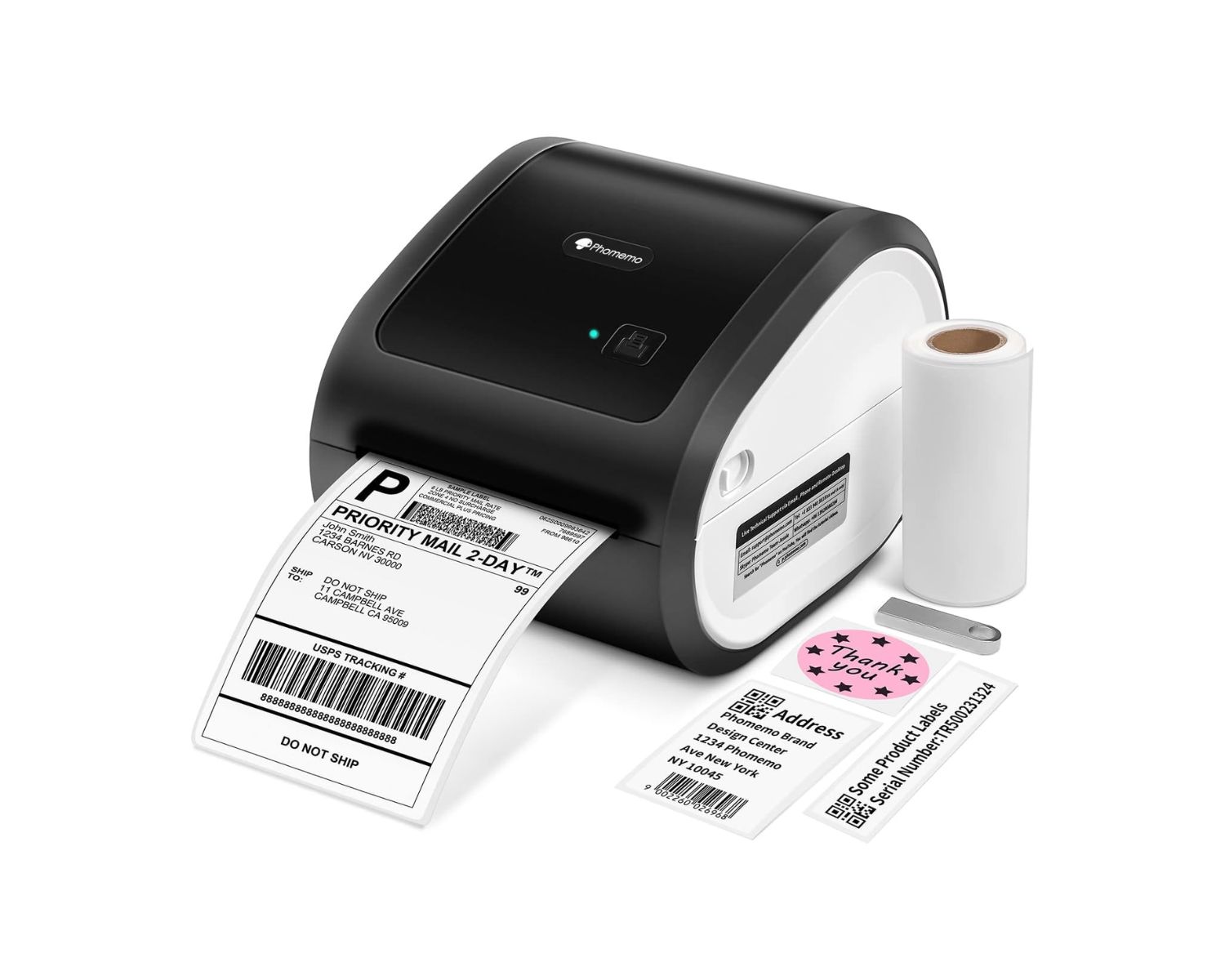


0 thoughts on “How To Use A Shipping Label Printer”